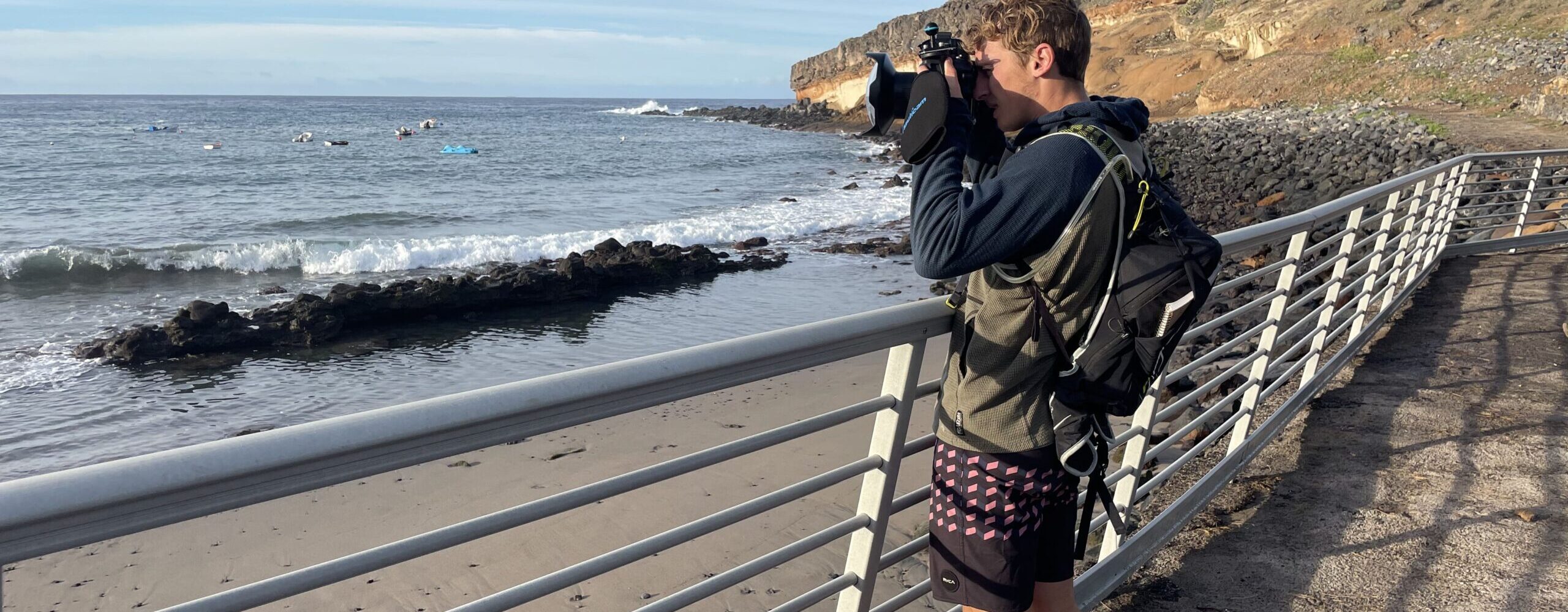Tenerife, nestled in the Canary Islands, boasts a diverse range of ecosystems, making it a haven for birdwatchers worldwide. The island offers a tapestry of habitats teeming with avian life, from lush laurel forests to volcanic landscapes. Coastal cliffs provide nesting sites for seabirds like the Cory’s Shearwater and the Bulwer’s Petrel, while inland forests host species such as the endemic Blue Chaffinch and the elusive Laurel Pigeon.
Our birdwatching tours on Tenerife offer an unparalleled opportunity to explore these ecosystems with expert guides who are passionate about conservation and birdlife. Unlike mass tourism operators, we prioritize sustainable practices, ensuring minimal ecological impact while maximizing the enjoyment of our guests. Our small group sizes allow for personalized experiences, fostering a deeper connection to Tenerife’s natural wonders.
GeoTenerife can organise day to week-long personalised birding tours for you, with the best local guides.
Contact: enquiries@geotenerife.com
Bird species of Tenerife
Bird facts are double-checked with birdforum.net (2023).
Lesser Yellowlegs
Other bird species you might see on our bird watching tours of Tenerife
- Fea’s Petrel,
- Bulwer’s Petrel,
- Great Shearwater,
- Macaronesian Shearwater,
- Manx Shearwater,
- European Storm-petrel,
- Madeiran Storm-petrel,
- Northern Gannet,
- Eurasian Spoonbill,
- Cattle Egret,
- Little Egret,
- Grey Heron,
- Eurasian Wigeon,
- Gadwall,
- Common Teal,
- Northern Shoveler,
- Common Pochard,
- Tufted Duck,
- Eurasian Sparrowhawk,
- Common Buzzard,
- Osprey,
- Common Kestrel,
- Barbary Falcon,
- Barbary Partridge,
- Common Quail,
- Common Moorhen,
- Eurasian Coot,
- Little Ringed Plover,
- Ringed Plover,
- Kentish Plover,
- Plain Swift,
- Pallid Swift,
- Grey Plover,
- Stone-curlew,
- Red Knot,
- Sanderling,
- Little Stint,
- Curlew Sandpiper,
- Dunlin,
- Ruff,
- Common Snipe,
- Eurasian Woodcock,
- Black-tailed Godwit,
- Bar-tailed Godwit,
- Whimbrel,
- Eurasian Curlew,
- Common Redshank,
- Common Greenshank,
- Green Sandpiper,
- Wood Sandpiper,
- Common Sandpiper,
- Ruddy Turnstone,
- Black-headed Gull,
- Yellow-legged Gull,
- Lesser Black-backed Gull,
- Sandwich Tern,
- Rock Dove,
- Bolle’s Pigeon,
- Laurel Pigeon,
- Barbary Dove,
- Eurasian Collared Dove,
- European Turtle Dove,
- Monk Parakeet,
- Ring-necked Parakeet,
- African Blue Tit,
- Southern Grey Shrike,
- Northern Raven,
- Common Starling,
- Rock Sparrow,
- Spanish Sparrow,
- Chaffinch,
- Blue Chaffinch,
- European Serin,
- Island Canary,
- European Goldfinch,
- European Greenfinch,
- Eurasian Linnet,
- Trumpeter Finch,
- Corn Bunting
- Great Spotted Woodpecker,
- Lesser Short-toed Lark,
- Eurasian Skylark,
- Canarian Pipit,
- Meadow Pipit,
- Red-throated Pipit,
- Grey Wagtail,
- White Wagtail,
- Eurasian Robin,
- Eurasian Blackbird,
- Spectacled Warbler,
- Sardinian Warbler,
- Blackcap,
- Canary Islands Chiffchaff,
- Canary Island Kinglet,
- Barn Owl,
- Long-eared Owl,


